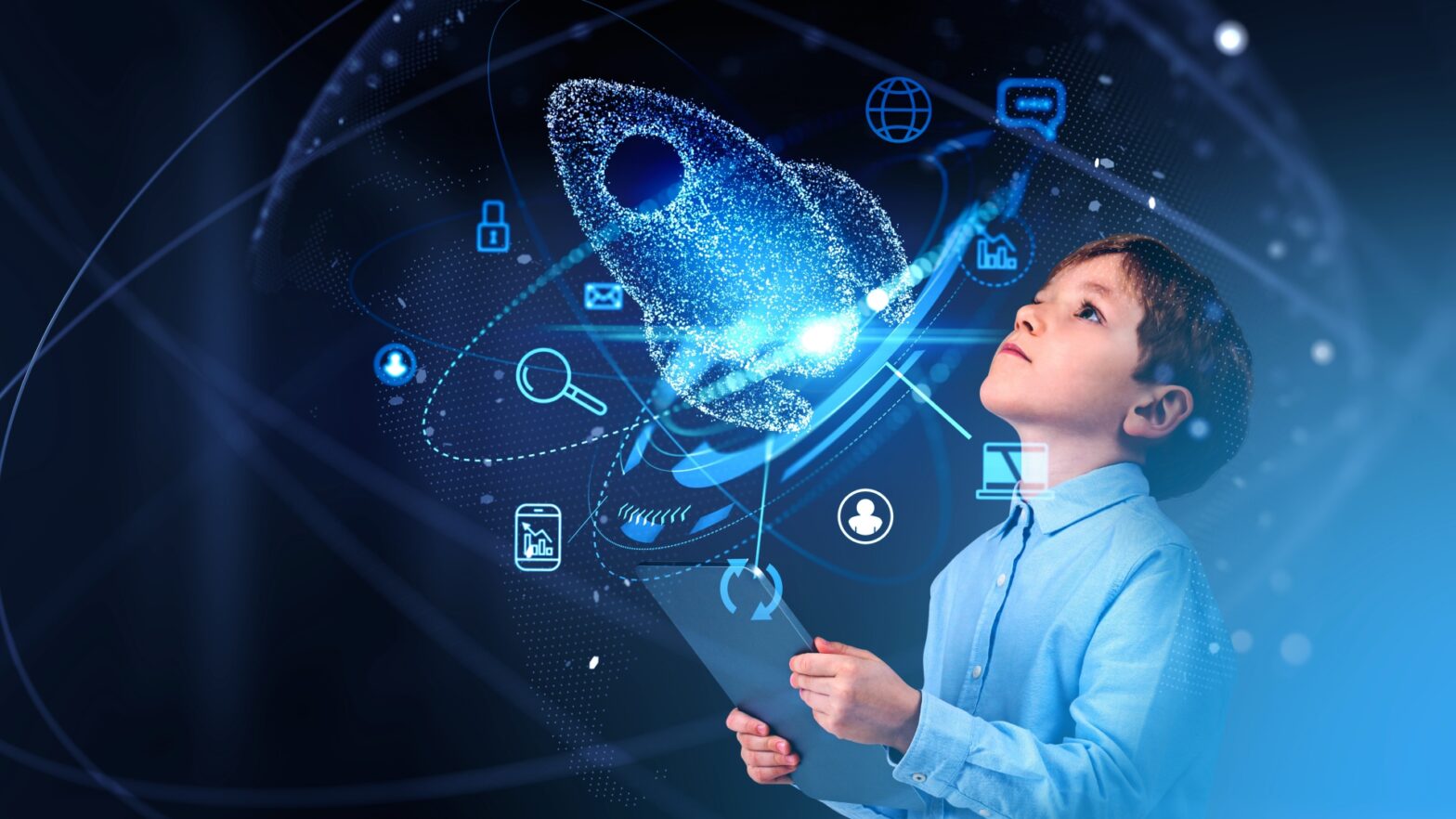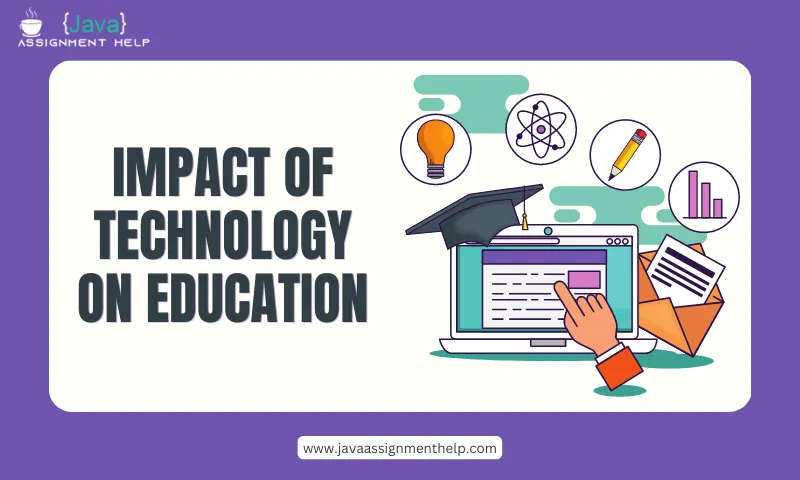Technology is revolutionizing the way we teach and learn in higher education. With the rise of online learning platforms, virtual classrooms, and other digital tools, students and educators have access to a wide range of resources and opportunities that were once unimaginable. However, as technology continues to evolve, it also presents new challenges and concerns. In this blog post, we will explore the impact of technology on higher education, and the trends and challenges that come with it.
Online Learning Platforms
One of the most significant trends in technology and higher education is the rise of online learning platforms. These platforms offer students a flexible and convenient way to learn, with access to course materials, lectures, and assignments from anywhere with an internet connection. They also provide opportunities for collaboration and discussion through online forums and chat rooms. However, the effectiveness of online learning can vary depending on the course and the student’s learning style, and it can be difficult for some students to stay motivated and engaged without the structure of traditional classroom settings.
Virtual Classrooms
Another trend in technology and higher education is the use of virtual classrooms. Virtual classrooms allow students and educators to interact in real-time, with features like video conferencing, chat rooms, and interactive whiteboards. This technology enables educators to teach and collaborate with students from all over the world, without the need for physical classrooms or travel. However, virtual classrooms can also present challenges such as technical issues, internet connectivity problems, and distractions from the student’s environment.
Artificial Intelligence
Artificial intelligence (AI) is also having an impact on higher education. AI technology is being used to personalize learning experiences for students, through adaptive learning algorithms that analyze student data to provide customized content and feedback. AI can also help educators identify struggling students and provide targeted interventions to support their learning. However, there are concerns about the ethical implications of using AI in education, including issues related to data privacy and bias.
Cybersecurity
Finally, the increased use of technology in higher education also brings concerns about cybersecurity. As more student data and personal information are stored online, institutions must ensure that their systems are secure and protected from cyber threats. This requires investments in cybersecurity infrastructure and training for staff and students on best practices for protecting their data and devices.
In conclusion, the impact of technology on higher education is both exciting and challenging. From online learning platforms to virtual classrooms, artificial intelligence, and cybersecurity, technology presents opportunities for innovation and improvement, but also challenges and concerns that must be addressed. As technology continues to evolve, it is important for educators and institutions to stay up-to-date with the latest trends and best practices, and to consider the ethical implications of using technology in education. With careful planning and implementation, technology can enhance the learning experience and prepare students for the demands of the digital age.



